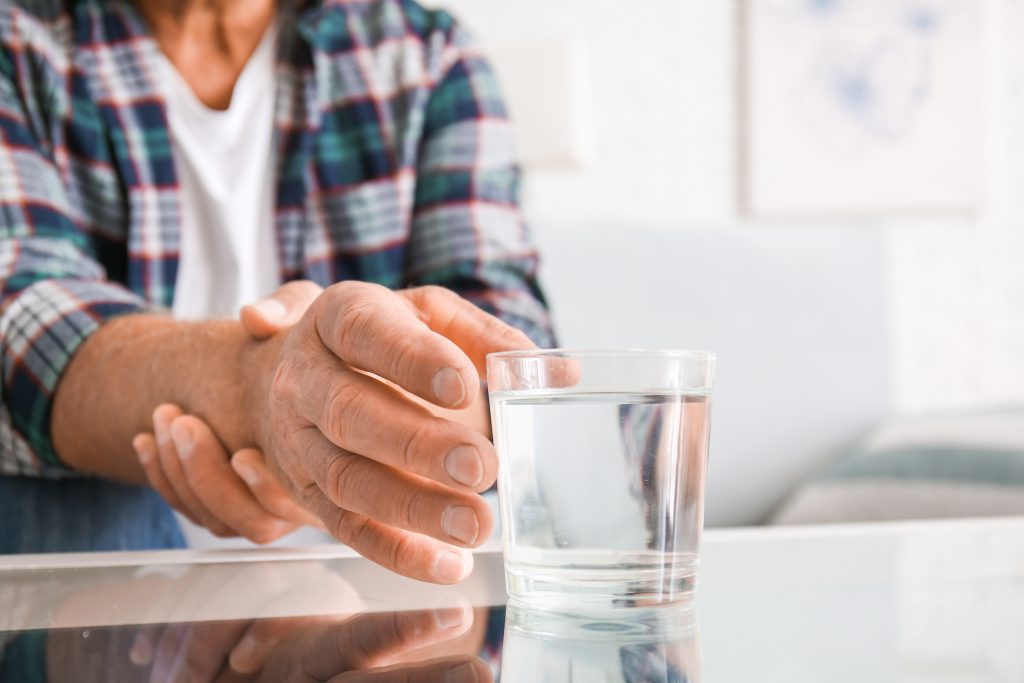If you or a loved one has been diagnosed with Parkinson’s disease, you’re likely exploring every possible treatment option to manage symptoms and maintain quality of life. The right approach for you will likely involve multiple forms of treatment and support. So given that some of the most recognizable symptoms of Parkinson’s have to do with the movements of the body, people often wonder whether physical therapy can help.
The short answer is yes—physical therapy can be incredibly beneficial for people with Parkinson’s disease. However, it’s important to understand both what physical therapy can accomplish and its limitations. While physical therapy cannot cure Parkinson’s disease or stop its progression, it can significantly help manage many symptoms and improve daily functioning.
Physical therapy treatments for Parkinson’s disease
Every person will experience Parkinson’s disease differently, with symptoms varying in severity and progression. This individual variation means that treatment approaches must be tailored to each patient’s specific needs and challenges.
At Advent Physical Therapy, we utilize several evidence-based programs that can address the unique symptoms of Parkinson’s disease. These specialized treatments focus on the core issues that affect movement and communication, providing targeted interventions that can make a meaningful difference in patients’ daily lives.
LSVT BIG
LSVT BIG is a specialized physical therapy program specifically designed for people with Parkinson’s disease and other neurological conditions. This intensive, evidence-based treatment focuses on improving amplitude of movement—essentially helping patients practice large-scale movements that help them make small-scale movements more easily.
The program is built on the principle that people with Parkinson’s disease often develop smaller, slower movements over time. LSVT BIG works to recalibrate the patient’s perception of how much effort is needed for normal movement. Through intensive practice, patients learn to move with the amplitude necessary for improved function.
Research has shown that LSVT BIG can lead to improvements in walking speed, balance, and overall functional mobility. Many patients report feeling more confident in their movements and experiencing less fatigue during daily activities after completing the program.
LSVT LOUD
While LSVT BIG addresses movement challenges, LSVT LOUD tackles the speech and voice difficulties that often accompany Parkinson’s disease. This companion program focuses on improving vocal loudness and speech clarity, which commonly decline as the disease progresses.
LSVT LOUD helps patients improve vocal quality, speech intelligibility, and facial expression. The program’s intensive nature helps create lasting changes in speech patterns that can significantly improve communication and social interaction.
Speech therapy is not included in the scope of physical therapy but rather as a speech therapy supplement to treating Parkinson’s symptoms. Our team may be able to provide a recommendation or referral to speech therapy services in Grand Rapids.
Occupational therapy
In addition to specialized physical therapy programs, a personalized occupational therapy plan plays a valuable role in Parkinson’s treatment. Occupational therapists focus on helping patients maintain independence in daily activities and adapt their tasks and exercises to accommodate changing abilities.
Occupational therapy for Parkinson’s disease can help strengthen fine motor skills and hand-eye coordination that may be affected by tremors or rigidity. This might include practices for writing, using utensils, buttoning clothes, or operating technology. Therapists can recommend adaptive equipment and teach techniques that make these activities easier and safer.
Comprehensive risk assessment
Home safety assessments are another crucial component of occupational therapy. As balance and mobility change, the risk of falls increases significantly. Occupational therapists can identify potential hazards in the home environment and suggest modifications like grab bars, improved lighting, or removal of trip hazards.
Exercise and physical therapy
Finally, traditional physical therapy techniques may be recommended as needed after an evaluation for Parkinson’s therapy. Research shows that regular activity and exercise can help maintain mobility and balance and may even promote cognition.
In Grand Rapids and throughout West Michigan, there may be specific exercise groups and activities that further benefit Parkinson’s patients with social outings to add to their routine.
The most effective approach to treating Parkinson’s often combines exercise, physical therapy, occupational therapy, speech therapy, and medical management of symptoms. This comprehensive approach addresses the multiple systems affected by Parkinson’s disease and provides the best opportunity for maintaining function and quality of life.
Learn more about Parkinson’s treatment options near you
If you or someone you love is dealing with Parkinson’s disease, don’t wait to explore your treatment options. Early intervention with physical therapy and targeted treatments can help maintain function and independence longer.
Start the conversation with our team by calling an Advent clinic near you or by requesting an appointment online today.
